Introduction
Egypt has been known as a country pyramids. Generally, Pyramids refer to the huge triangle monuments specifically associated with funerary practices of ancient people. But, some experts describe their astronomical values as well. In Latin America also, pyramids can be seen. In Egypt, pyramids are numerous in number.
The Giza Pyramids Complex
Egypt has hundred of archaeological sites all over the country. Giza Pyramids Complex is one of the most famous among all of them. The exact location of this complex in the Giza Governorate of Egypt. Traditionally, archaeologists ascribe this complex to the example of one of the best royal mortuary practices. It is in the traditional list of the ‘Seven Wonders of the World’.
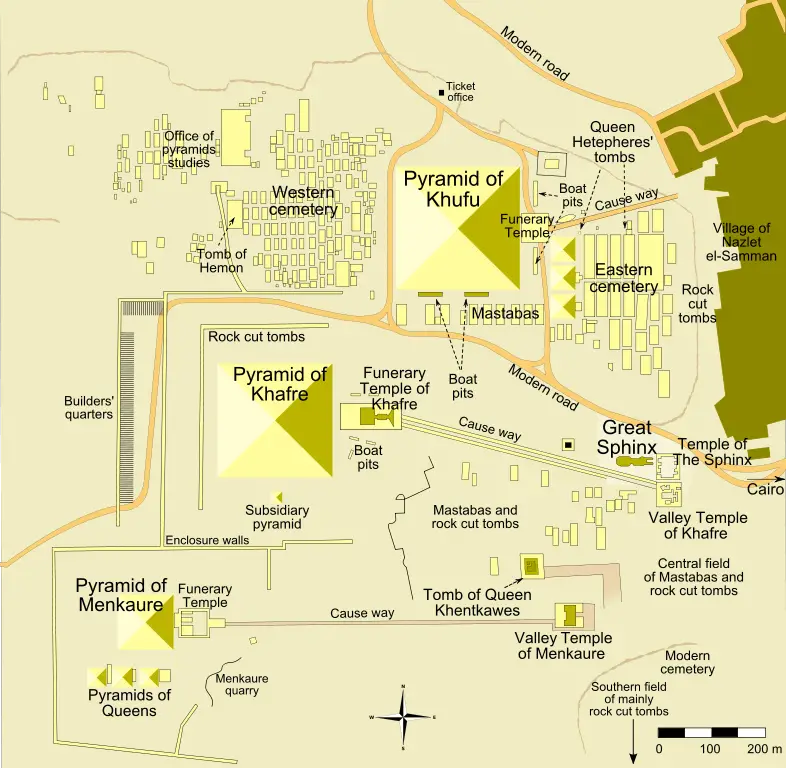
Three Main Pyramids of the Complex
There are three main pyramids within the complex. Traditional Egyptologists ascribed these to three different Pharaohs of ancient Egypt. These are the Pyramid of Khufu, the Pyramid of Khafre, and the Pyramid of Menkaure.
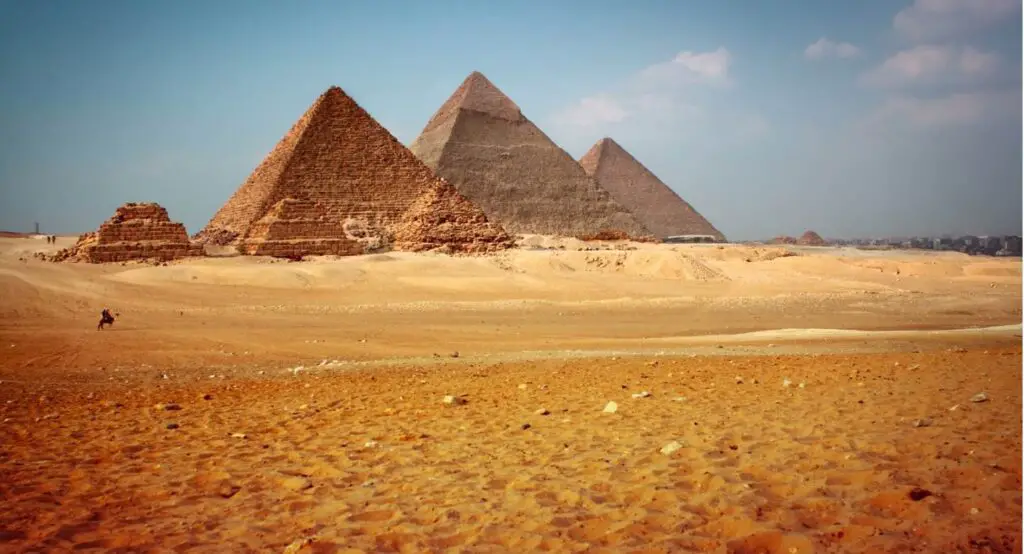
All three kings belonged to the three generations of the 4th Dynasty. This Dynasty ruled over Egypt between 2,575 – 2,465 BCE. Among the three pyramids, the Pyramid of Khufu is known as the ‘Great Pyramid of Giza’
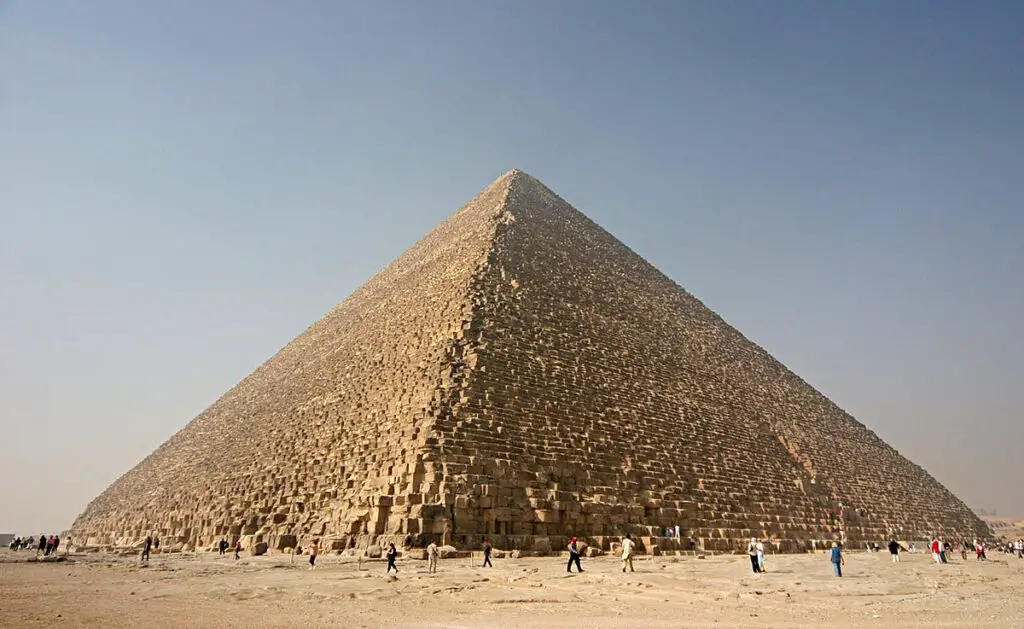
The Pyramid of Khufu
Pyramid of Khufu or the Great Pyramid of Giza is one of the most discussed monuments of Egypt. It shows extraordinary engineering skills during the ancient past. In both height and size, it is taller and bigger than the other two pyramids in the complex. This is one reason for calling it ‘Great’.

This pyramid is attractive for other reasons also. One of them is the absence of the mummy of King Khufu. This pyramid has well-decorated secret chambers inside. Specifically, Egyptologists describes two chambers as ‘King’s Chamber’ and ‘Queen’s Chamber’. But, the astonishing fact is that no traces of their mummies are found inside this chamber.
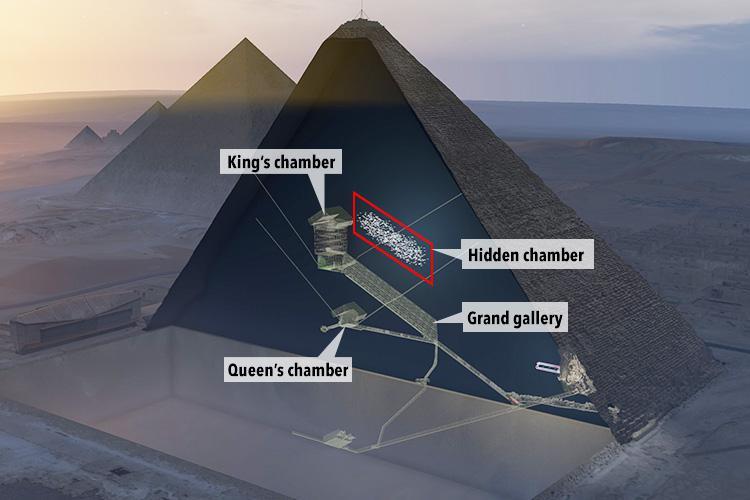
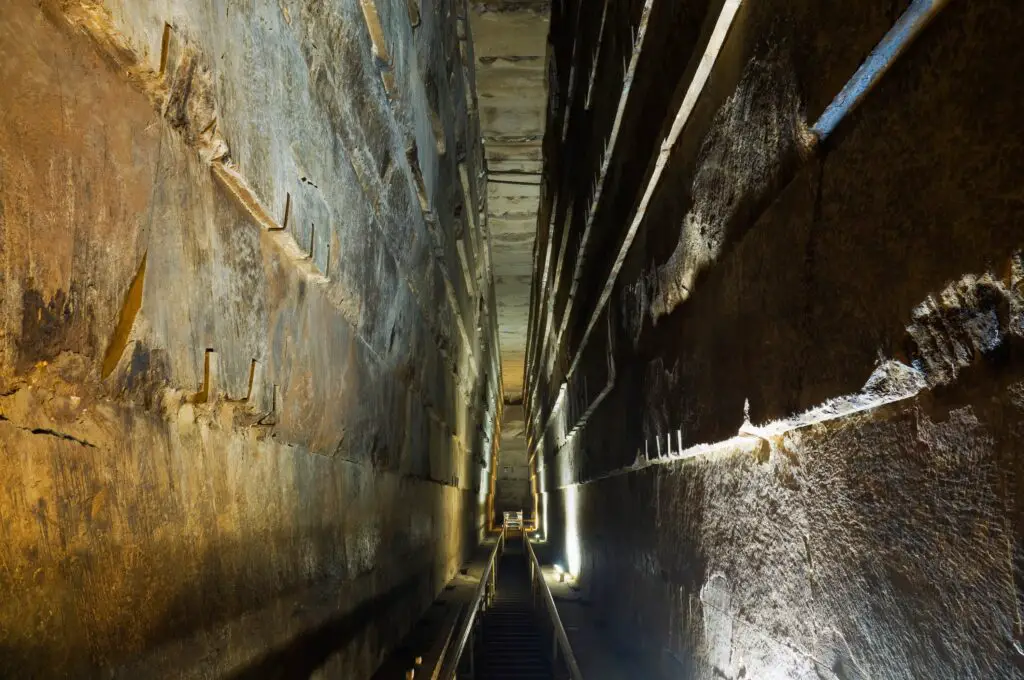
The Pyramid of Khafre
The Pyramid of Khafre is the second tallest and largest pyramid of this complex. Khafre was the son of Khufu. He was the third pharaoh of the 4th Dynasty. Its construction might have been completed around 2,570 BCE. Archaeologists couldn’t locate the mummy of Khafre inside the pyramid.
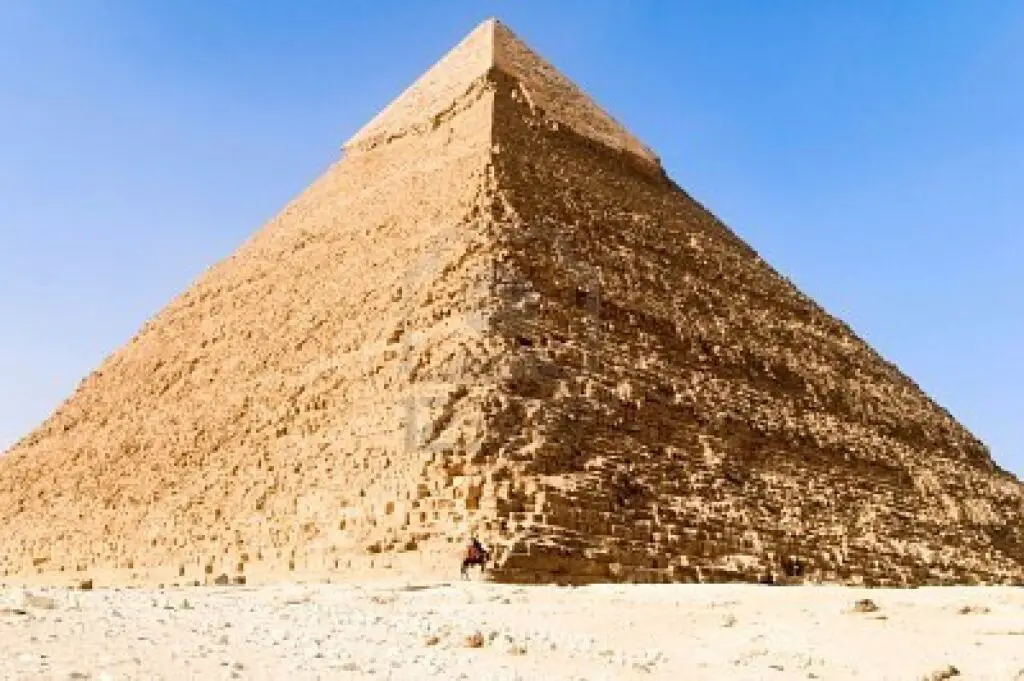

The Pyramid of Menkaure
The Pyramid of Menkaure is the smallest one among the three pyramids of Giza. He was the successor of king Khafre and the sixth king of the 4th Dynasty. Archaeologists have recovered two sarcophagi inside the pyramid. But, none of them is of king Menkaure. One belonged to the Roman period. The other has been sunk during its transportation through the Mediterranian sea. Till then, it was not analyzed and this unfortunate incident happened.
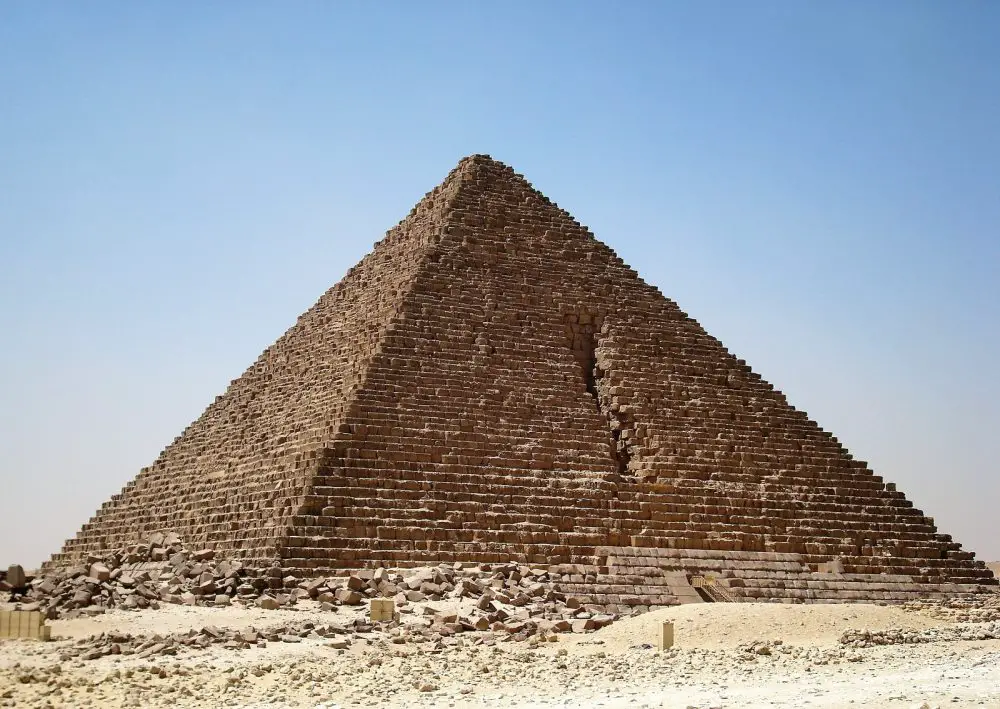
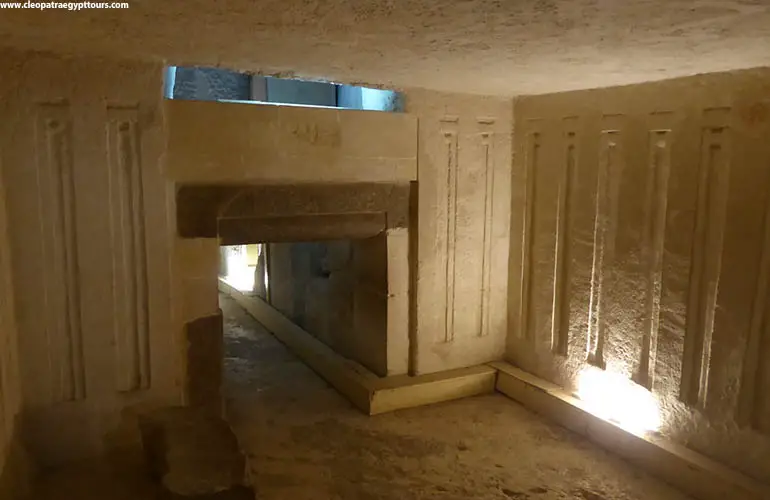
The Sphinx
The most interesting and controversial monument within the Giza Complex is the statue of Sphinx. This statue is a composite one with a body of an animal (lion or dog) and the head of a human.

There was almost no clue about the exact purpose of this statue. some claimed that it was constructed as a guard of this complex. Others believe that there is a secret chamber inside the Sphinx that can reveal more fascinating information about its exact purpose. Some geological experiments even established its antiquity to at least 8,000 – 10,000 years ago. Thus, it Sphinx has full of controversies.
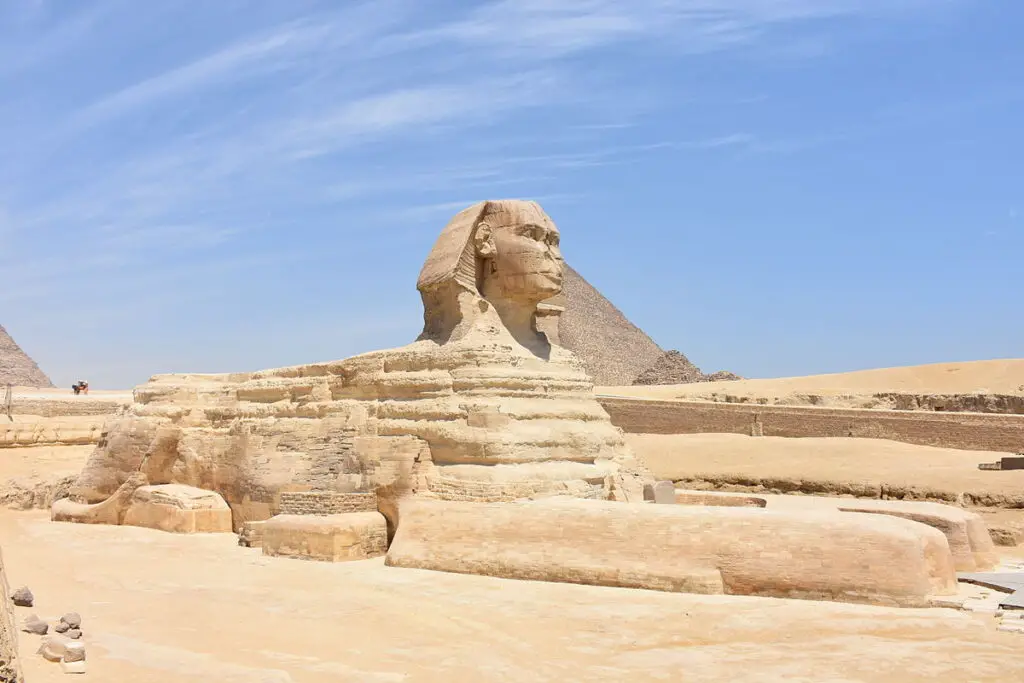
The Mystery Continues..
People use to visit the Giza Pyramid Complex all around the year. It is not because of its aesthetic values, it is also because of the great engineering skills of ancient Egyptians. There are two schools of thought regarding the exact purpose of pyramids. One argues its funerary purpose but the other argues its purpose as power plants. As there is less provable evidence regarding the second one, generally we ascribe pyramids to the first theory. Thus, future research will be helpful in solving this mystery.

